Pre-Investment Considerations: Deep Dive with Rho Impact’s Seth Sheldon
Seth Sheldon is the Chief Scientific Officer at Rho Impact, which co-developed CRANE, a free, open-source software for assessing emissions reduction potential, alongside Prime Coalition. Sheldon was one of eight authors leading the creation of Frame’s Pre-Investment Considerations methodology guidance. He brought a critical eye to recommendations related to how data is collected and used in forward-looking emissions impact assessments.
In the following Q&A with Project Frame, Sheldon highlights the importance of working together, why accessibility, accountability, and transparency must work hand-in-hand, and his aspirations for holistic climate impact assessments.
What motivated you to offer your time to work on Project Frame's methodology guidance?
In two words: people and content.
From the beginning, my colleagues and I have been both humbled and inspired by the quality of conversation and the generosity of spirit among the community of people who make up Project Frame. The work is timely, important, and the stakes couldn’t be higher, so having the chance to contribute in some way was an easy decision for us to make.
Frame also serves as the guiding light for CRANE, the emissions avoidance tool that we built in partnership with Prime Coalition [the convener of Project Frame] and others, so it is also a fantastic way to stay up-to-speed with best practices and methods as they evolve.
Of the topics covered by the methodology, which did you feel was the most pressing to address and why? How do you feel this work addressed that topic?
The latest methodology guidance defines important terms and concepts clearly and succinctly, and presents best practices, such as naming which baseline scenario, or baseline of comparison, one should use.
That is an excellent start given that we’ve seen it generally backgrounded in most avoided emissions projections, even though it should always be disclosed as important context for any numbers. I’d like to see Frame explore the topic of how to run models against multiple scenarios at once and how to interpret the results more deeply.
Transparency, accountability, and inclusivity are three of Project Frame's values. How do you feel this work upholds those values?
Transparency is certainly front and center. It’s really only possible when you have a group that is focused on respect and honesty throughout its dialogue while also prioritizing succinctness in the resulting descriptions.
There can be a tendency when putting together new guidance or frameworks just to include everything as a way of being transparent, but what ends up happening in practice is that the outputs become too dense, too wordy, too confusing for most people to access.
Since we need involvement from a very large and diverse community of people to ensure that new climate investments are having the effects that we actually want, it’s essential that we make the materials usable and accessible. That inclusivity also serves as the bedrock for accountability through time.
Are there any key takeaways, reflections, or learnings from your experience reviewing the methodology that you would like to share?
It’s a herculean task to bring together the collection of documents that Frame has, and I’d just want to take a moment to celebrate Prime Coalition’s leadership and skill – artistry, even – in bringing together so many folks, representing so many active and influential stakeholders, to do something that has real depth and is genuinely focused on helping investment and other professionals effect positive change through their day-to-day decisions.
I’ve personally learned so much from my involvement with Project Frame, inside and outside of my own field, and I’m sure many others can say the same.
Looking forward, how would you like to see forward-looking emission impact assessment continue to evolve? Or, how would you like to see climate investing evolve with respect to assessing forward-looking emissions impact?
I would love to see the core impact forecasting approach expand into other categories, like water, land, waste, and perhaps even social metrics. I think it is such a powerful framework for thinking about the scale of problems and connecting the high-level, economy-wide trends and forecasts to human-scale solutions.
It takes a lot of work to arrive at numbers we can be confident in, but when we do, they are hugely valuable for decision-making all around. Extending the methodology to, say, water-saving technologies, would have the massive benefit of being able to reference work already done by Project Frame on GHG emissions avoidance.
Even more powerful would be a framework or approach that considers multiple potential effects and key drivers at once, so that we don’t unintentionally miss or externalize destructive outcomes to already marginalized communities.
There's a lot we can learn from the life cycle assessment and integrated assessment models on this front, and I'm excited to see how impact – not just climate – investing evolves in response.
Seth Sheldon is the Chief Scientific Officer at Rho Impact and played an influential role in the methodology and scientific development of CRANE - a free, open-source software tool for assessing the emissions reduction potential of emerging technologies and ventures. He holds a PhD in Environmental Science from the University of Massachusetts - Boston and holds a BS in Earth & Ocean Sciences from Duke University.
Rho Impact is built upon over a decade of solving real-world problems with data science, practitioner experience, and software engineering. As climate change and social inequalities continue to intensify, they firmly believe that organizations around the world have an obligation to act and occupy a central role in many viable solutions. This drives their mission to empower every organization to make an impact so we can build toward a future where humanity thrives.

